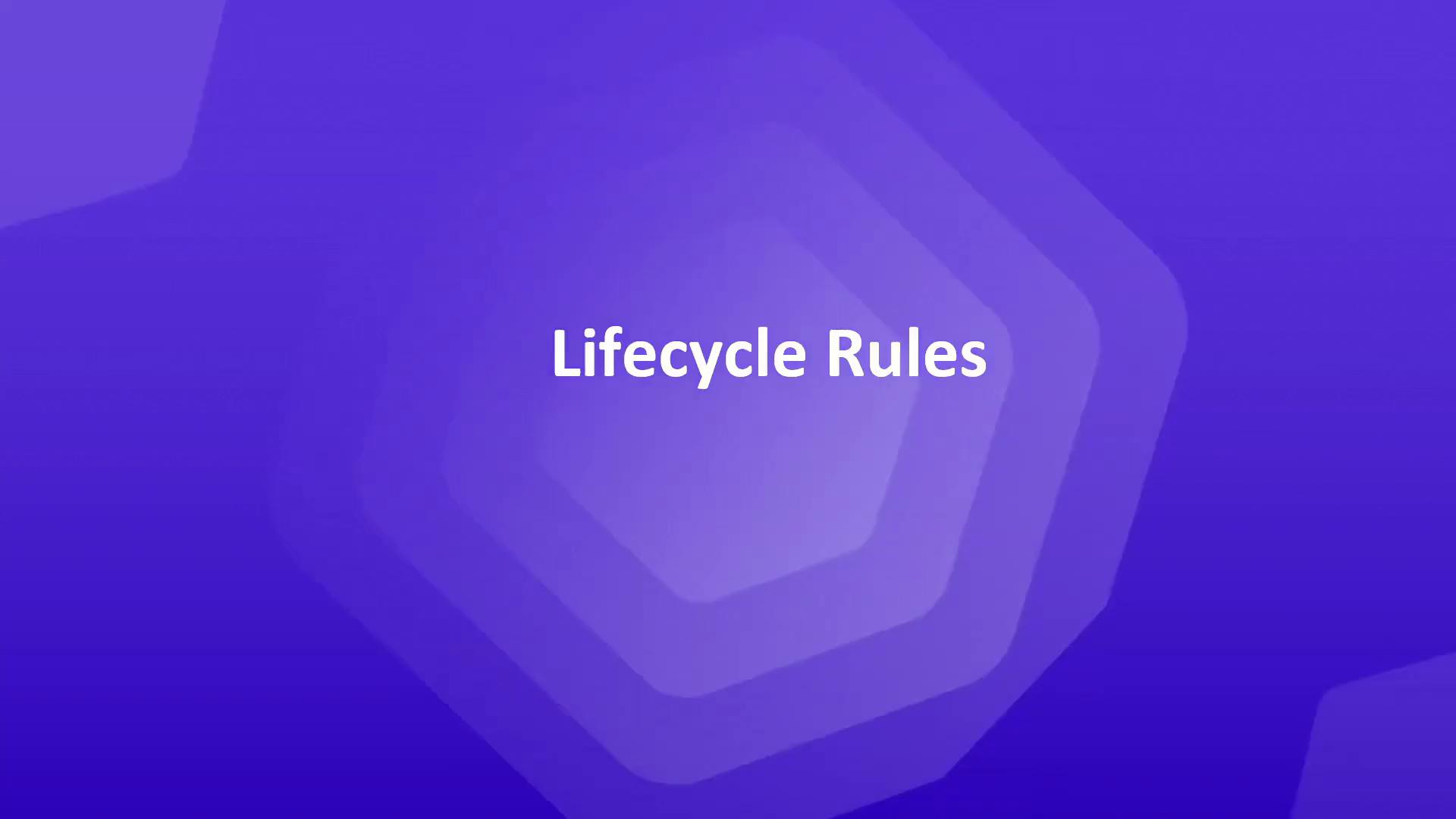Terraform Associate Certification: HashiCorp Certified
Use the Terraform CLI
Lifecycle Rules
In this article, we explore various Terraform lifecycle rules and their role in managing resource creation and destruction. Understanding these rules is essential to preventing unwanted resource downtime and ensuring smooth infrastructure updates.

Default Behavior in Terraform
By default, when a resource attribute (like an AMI for an EC2 instance) changes, Terraform destroys the existing resource and creates a new one. Consider the following basic EC2 instance configuration:
resource "aws_instance" "cerberus" {
ami = "ami-06178cf087598769c"
instance_type = "m5.large"
tags = {
Name = "Cerberus-Webserver"
}
}
Changing the AMI in the above configuration and running terraform apply leads to the existing instance being destroyed first, followed by the creation of a new one.
Using Lifecycle Rules to Control Resource Behavior
Terraform allows you to modify the default behavior with lifecycle rules. Below are some common lifecycle rules and their use cases.
1. Create Before Destroy
To ensure a new resource is created before destroying the current one, you can use the create_before_destroy lifecycle rule. This ensures minimal downtime during updates.
Tip
When updating critical resources, using create_before_destroy can help maintain availability.
Update the resource as shown below:
resource "aws_instance" "cerberus" {
ami = "ami-2158cf087598787a"
instance_type = "m5.large"
tags = {
Name = "Cerberus-Webserver"
}
lifecycle {
create_before_destroy = true
}
}
Running terraform apply now creates a new instance before terminating the old one:
$ terraform apply
aws_instance.cerberus: Refreshing state... [id=i-a6e22ec5303190252]
An execution plan has been generated and is shown below.
Resource actions are indicated with the following symbols:
+/- create replacement and then destroy
Terraform will perform the following actions:
# aws_instance.cerberus must be replaced
+/- resource "aws_instance" "cerberus" {
~ ami = "ami-06178cf087598769c" -> "ami-2158cf087598787a" # forces replacement
...
}
Plan: 1 to add, 0 to change, 1 to destroy.
aws_instance.cerberus: Creating...
aws_instance.cerberus: Still creating... [10s elapsed]
aws_instance.cerberus: Creation complete after 10s [id=i-477150603640c964f4].
aws_instance.cerberus: Destroying... [id=i-a6e22ec5303190252]
aws_instance.cerberus: Still destroying... [id=i-a6e22ec5303190252]
aws_instance.cerberus: Destruction complete after 10s
Apply complete! Resources: 1 added, 0 changed, 1 destroyed.
2. Prevent Destroy
For critical resources that should never be deleted accidentally, the prevent_destroy lifecycle rule comes into play. Adding this rule causes Terraform to reject any plan that would destroy a protected resource.
resource "aws_instance" "cerberus" {
ami = "ami-2158cf087598787a"
instance_type = "m5.large"
tags = {
Name = "Cerberus-Webserver"
}
lifecycle {
prevent_destroy = true
}
}
Warning
Remember, prevent_destroy only protects against deletions during configuration changes with terraform apply. It does not override the terraform destroy command.
3. Ignore Changes
In some scenarios, you might not want Terraform to act on certain changes. For example, if you prefer that changes to the instance's tags not trigger an update, use the ignore_changes rule:
resource "aws_instance" "cerberus" {
ami = "ami-2158cf087598787a"
instance_type = "m5.large"
tags = {
Name = "Cerberus-Webserver-1"
}
lifecycle {
ignore_changes = [
tags
]
}
}
With ignore_changes set for tags, any modifications to the tags—whether from your configuration file or directly on the resource—will be disregarded during the next apply. An example output might be:
$ terraform apply
aws_instance.webserver: Refreshing state... [id=i-05cd83b221911acd5]
Apply complete! Resources: 0 added, 0 changed, 0 destroyed.
You can extend this rule to include multiple attributes or even use the all keyword to ignore all changes to a resource.
Conclusion
Terraform lifecycle rules provide flexibility to control resource updates, replacements, and destruction. By strategically using rules like create_before_destroy, prevent_destroy, and ignore_changes, you can minimize downtime and safeguard critical infrastructure.
That concludes this overview of Terraform lifecycle rules. Please proceed to the multiple-choice quiz for this section.
Additional Resources
Happy Terraforming!
Watch Video
Watch video content